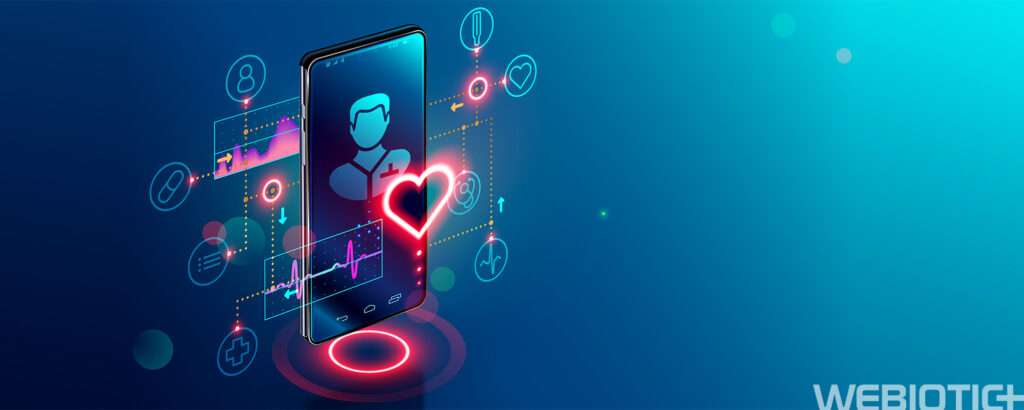
The use of healthcare apps, or mHealth, have seen steady growth over the years with the introduction of new technology like artificial intelligence and augmented reality, but the pandemic has greatly boosted their prevalence and popularity among app consumers.
Patients can now visit their doctor without having to step foot outside their house. They can receive medicine right to their front door.
Patients can track their health and even sleep patterns through the use of mHealth apps.
According to Statista, the global digital health market size for mHealth is estimated to reach $189 billion by 2025.
In short, it’s a great time to get into the healthcare mobile app space and there’s simply a wealth of healthcare problems your app can solve or improve upon.
Let’s take a look!
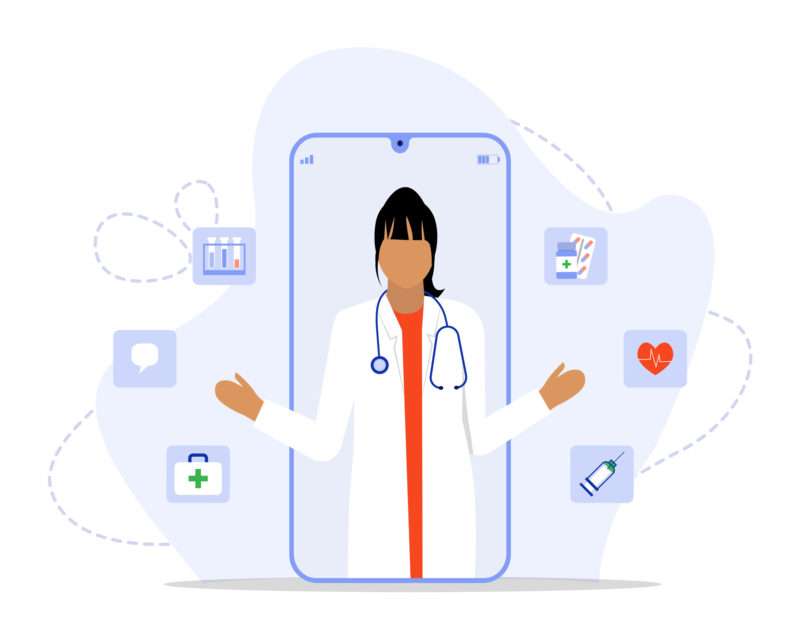
Table of Contents
- Five Problems Your mHealth App Can Solve
- Early-Stage Disease Detection
- Innovative Approaches to Disease and Symptom-Checking
- Accessibility to Medical Care
- Expanding Access with Telehealth Innovations
- Healthcare Staffing Shortages
- Top Healthcare Workforce Management Apps
- Managing Patient Data
- Top Patient Data Management Apps and Web Apps
- Leading Healthier Lifestyles
- Top Healthy Lifestyle Apps
- Healthcare Technology Trends
There are many apps on the market that are working to solve a variety of problems in healthcare, from connecting to doctors to early diagnosis, but no app is perfect and there’s always room for improvement and innovation.
Here are five major problems mHealth apps can help solve and what current apps on the market look like in their efforts to solve them.
There are many apps on the market that are working to solve a variety of problems in healthcare, from connecting to doctors to early diagnosis, but no app is perfect and there’s always room for improvement and innovation.
Here are five major problems mHealth apps can help solve and what current apps on the market look like in their efforts to solve them.
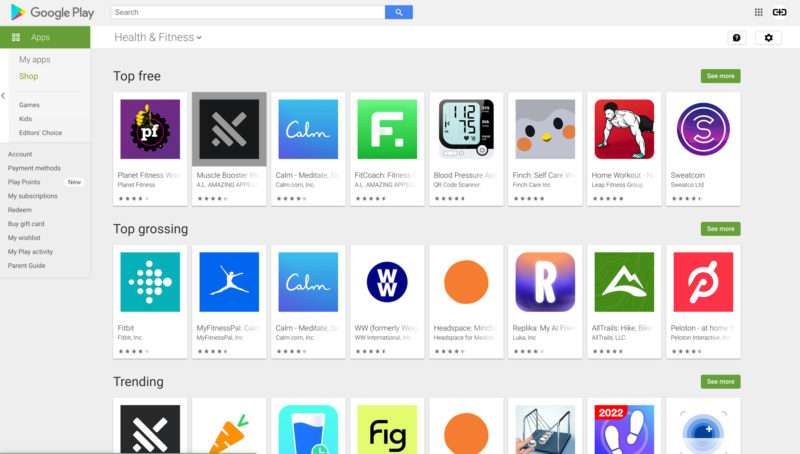
PRO TIP:
Conduct your own research and analyze the competition to see what kind of value your app ideas can bring.
#1: Early-Stage Disease Detection
Oftentimes, patients won’t know if they have a disease or condition until they go for a doctor’s visit or checkup, at which point, it can be too late.
Cancer, obesity, diabetes, heart disease—these are all lifestyle diseases that can be triggered by the way we live, such as a lack of exercise or poor food choices.
While many people have a good understanding of risk factors for these conditions, they often detect them too late.
There’s already technology that exists that can help with early-stage disease detection, such as thermal camera add-ons for mobile devices coupled with medical imaging apps.
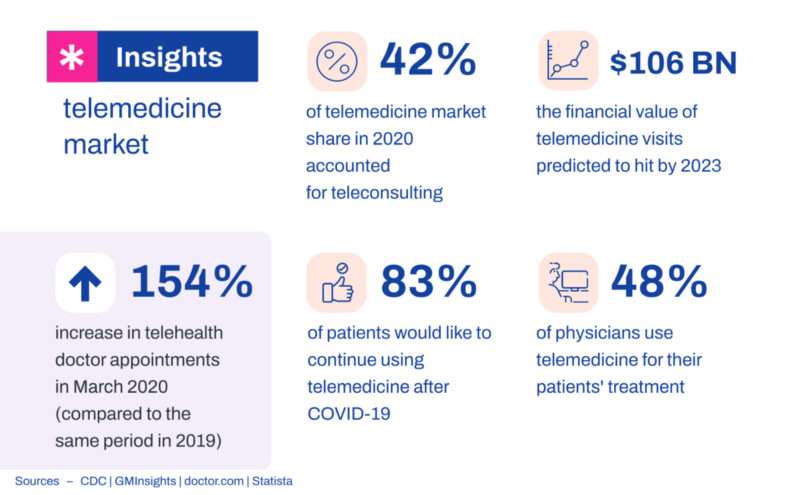
There’s artificial intelligence as well that can open the doors of possibilities.
Biotrackers on mobile apps and wearable devices can be used to feed information to AI-powered applications for data analysis on various risk factors.
As you can imagine, there’s an abundance of technology app developers can leverage to improve early-stage detections.
Innovative Approaches to Disease and Symptom-Checking
While there are plenty of apps available for disease and symptom-checking, the horizon of innovation in this field is far from being fully explored.
One emerging trend is the integration of Artificial Intelligence (AI) to provide more personalized health insights.
Imagine an app that not only checks symptoms but also learns from a user’s health history, offering tailored advice and alerts for preventive care.
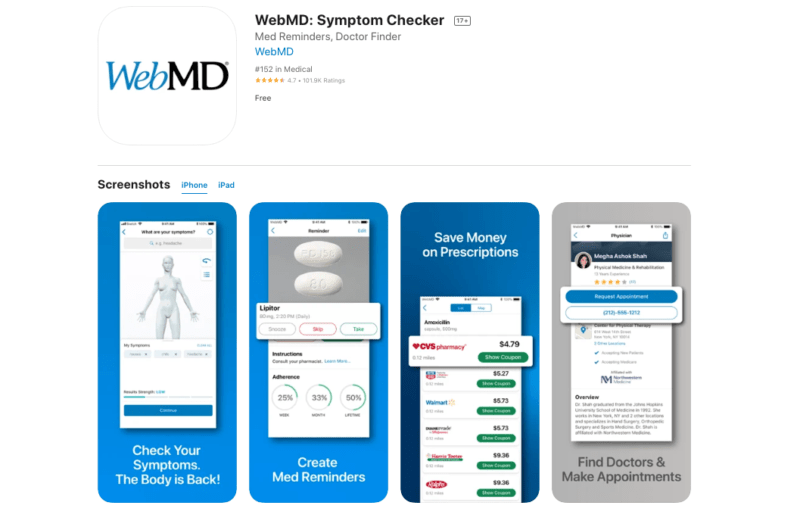
Another area ripe for innovation is the incorporation of genetic data into health apps.
By allowing users to input their genetic information, apps could provide predictive health analytics, giving insights into potential future health risks and suggesting lifestyle changes or preventive measures.
Additionally, there’s a significant opportunity in rethinking the user interface and experience of these apps.
An intuitive, conversational interface, possibly powered by advanced chatbots, could make symptom-checking more user-friendly and less intimidating, especially for older adults or those less tech-savvy.
This approach could democratize health information, making it accessible to a broader range of users.
#2: Accessibility to Medical Care
According to World Bank and WHO, over half the world lacks access to essential health services.
This is a major problem that mobile apps are already working to solve, which were especially helpful during the COVID-19 pandemic that required patients to conduct doctor visits virtually.
Even before the pandemic, however, there have long been barriers for those looking to access medical care, such as:
- Shortage of medical professionals,
- Far geographic distances
- High commute costs
- Lack of transportation
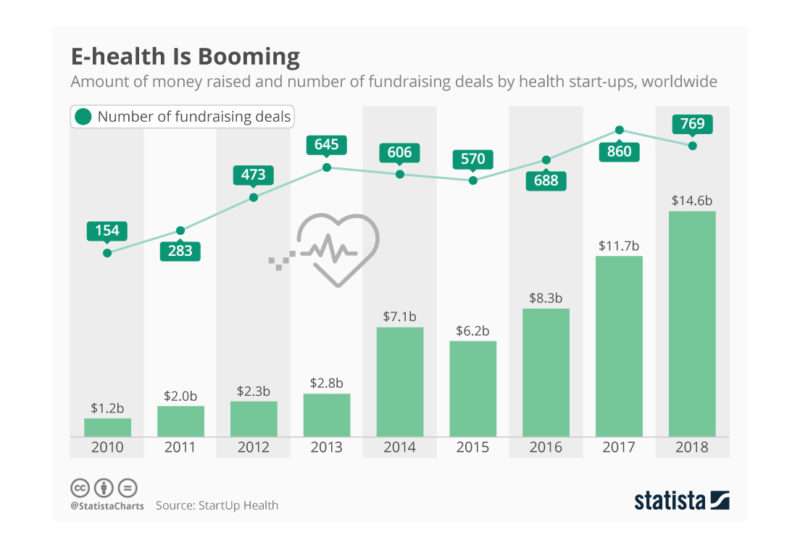
These reasons and more are prohibiting people from accessing healthcare and the treatment they need.
Fortunately, there are more apps emerging that address this issue through the use of telemedicine and remote monitoring functionality.
Mobile apps can provide relief by allowing remote-oriented services like telemedicine, which allows for a reliable connection to medical professionals and remote treatments at any time and anywhere, without the barriers stated above.
Expanding Access with Telehealth Innovations
Telehealth has made significant strides, but there’s still enormous potential for growth, especially in expanding healthcare access to underserved areas.
Future apps could focus on providing reliable medical consultations in remote or rural areas where healthcare facilities are sparse.
By leveraging low-bandwidth solutions, these apps can ensure consistent and quality medical advice is available even in locations with poor internet connectivity.
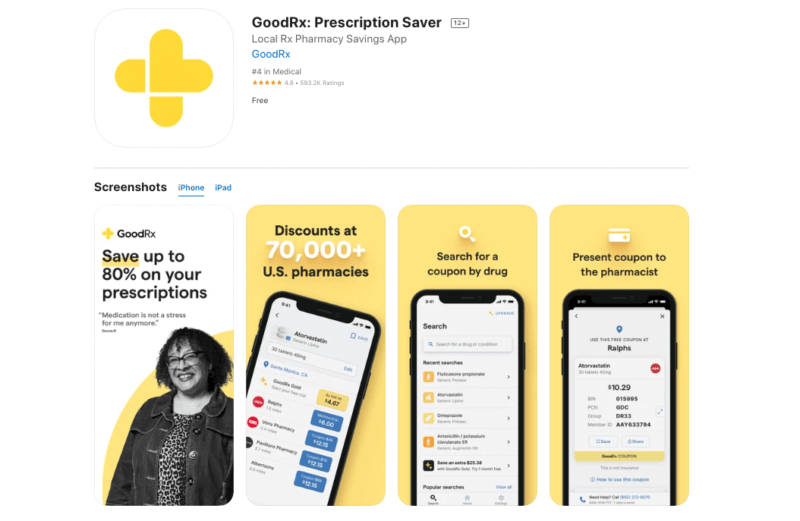
Another exciting avenue is the use of augmented reality (AR) in patient education.
Apps could use AR to demonstrate medical procedures or explain conditions in a visually engaging and easy-to-understand manner.
This technology can transform patient education, making it more interactive and comprehensible.
Integration with home health devices is another area for telehealth expansion.
Future apps could seamlessly connect with a range of devices, from blood pressure monitors to glucose meters, providing doctors with real-time data during remote consultations. T
his integration would not only enhance the quality of telemedicine but also enable continuous monitoring and management of chronic conditions from the comfort of the patient’s home.
#3: Healthcare Staffing Shortages
Many countries are facing medical staff shortages, with economic layoffs and the pandemic playing a big role.
Hospitals weren’t prepared for COVID-19. There has been a lack of supplies, intensive care bed density, burnout among workers, overworking, and low pay.
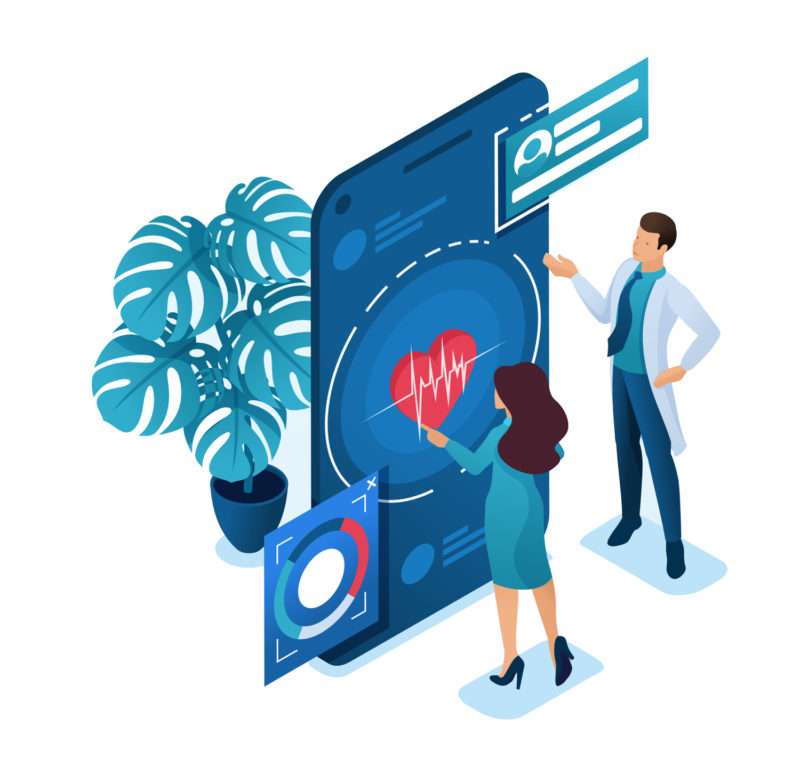
Workforce management apps have the potential to offer relief by anticipating these problems and providing tools to avoid high burnout rates and overworking or lack of supplies.
A workforce management app can help streamline processes, improve patient and employee care, offer flexible schedules, and ensure the needs of medical staff are met.
Top Healthcare Workforce Management Apps:
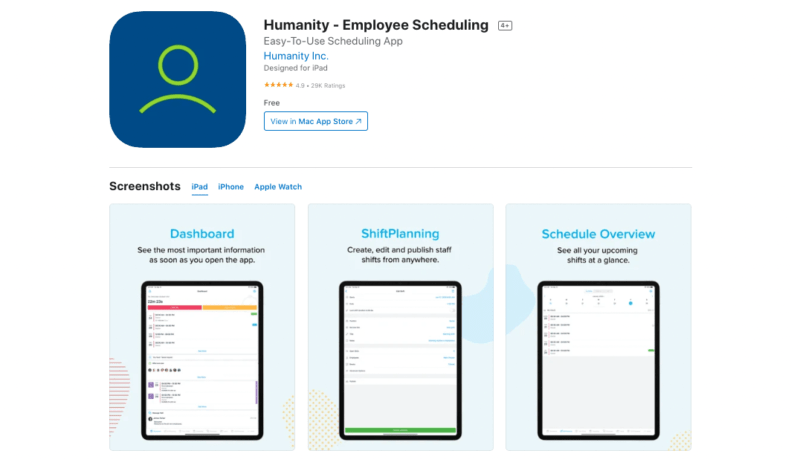
- Humanity: Humanity is an easy-to-use and flexible employee scheduling app that currently serves over 175,000 business locations around the globe. Managers can create and manage employee schedules, requested staff time off, sync calendars, and more.
- Shiftboard: This is a work scheduling and team communication app that requires a subscription to use. Staff can view their schedules, pick up or trade shifts, manage their availability and request time off. Managers can view team availability and see team member’s schedules.
- BookJane: This app is specifically for healthcare and service workers. It allows them to view multiple job opportunities, easy access to their schedule, and shift flexibility. This also helps managers maximize their team utilization and find coverage quickly.
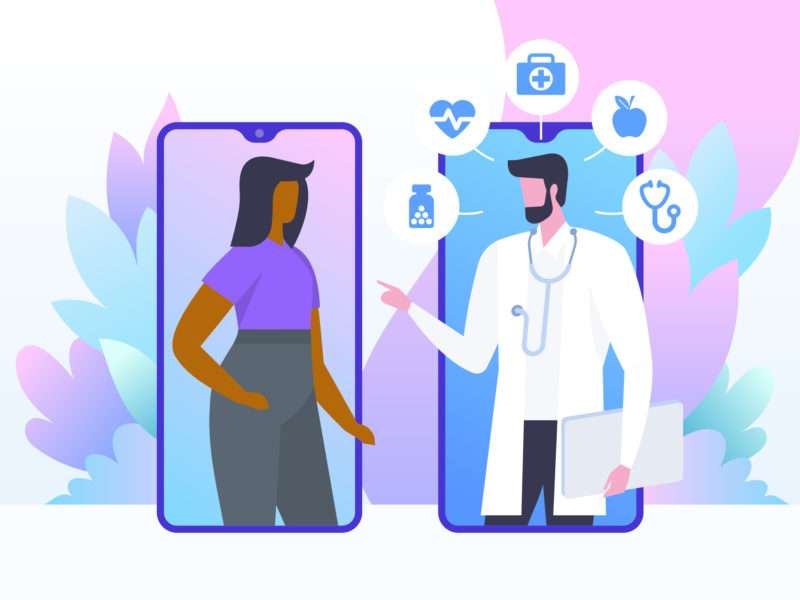
#4: Managing Patient Data
Managing patient data can be an overwhelming task that many healthcare providers face for several reasons.
- Compliance: The storage of such sensitive data must be in compliance with current regulations. HIPAA and other regulations require the protection of data with audit trail logging and data encryption, the following of key management procedures and more.
- Scalability: Healthcare data is fast-growing and unstructured, such as CT scans, MRIs, PET scans, and X-ray. Healthcare organizations need low-cost and scalable storage solutions as this data continues to grow.
- Security: Health data, like other forms of data, are susceptible to cyberattacks, which presents a major risk to providers. Healthcare organizations need a storage solution that offers data backup, redundancy, replication, and erasure coding.
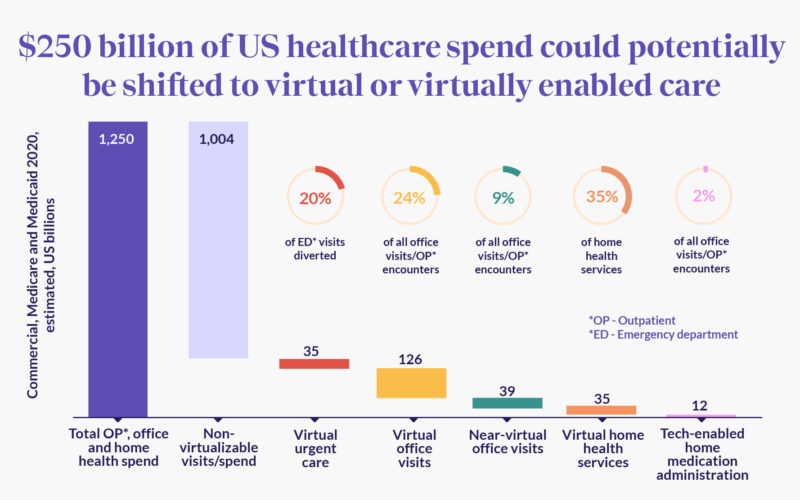
Photo Credit: accenture.com
Improper management of data can lead to a variety of issues, like data breaches, misdiagnoses, incorrect treatments, lapsed appointments, and more.
Health data management solutions offer enormous potential in the healthcare space as a way to digitally organize health data.
While healthcare organizations can opt to host their own on-site data centers, using a cloud-based storage system instead can be a better choice to ensure they can use the data when needed.
Top Patient Data Management Apps and Web Apps:
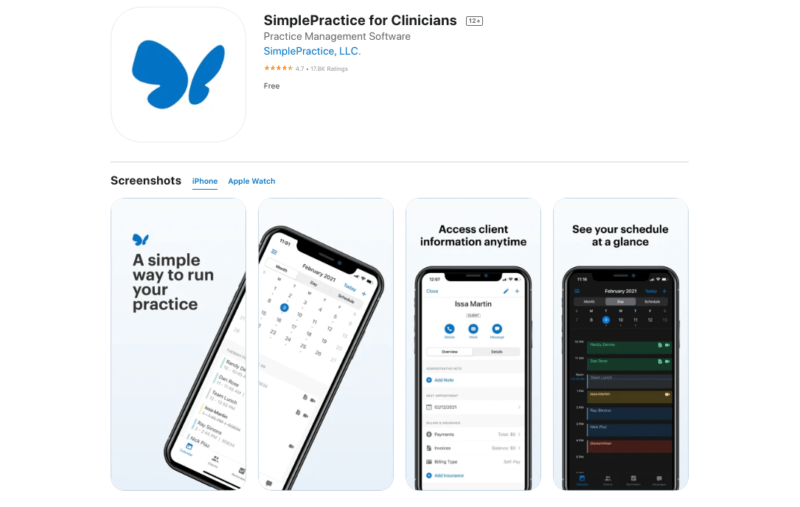
- SimplePractice: This is a HIPAA-compliant practice management tool for health professionals. Users can access client information anytime, share and upload documents, manage schedules, process invoices and payments and more.
- Health Cloud: This web platform by Salesforce allows healthcare businesses to bring together clinical and non-clinical data into a single source. The software offers improved customer experiences, improved operational efficiency through automation, and better outcomes.
- IBM Explorys: This web-based platform offers a secure, cloud-based solution designed to enable rapid data management, performance measurement, and effective patient and provider engagement. Data can be collected, lined, and combined from multiple sources.
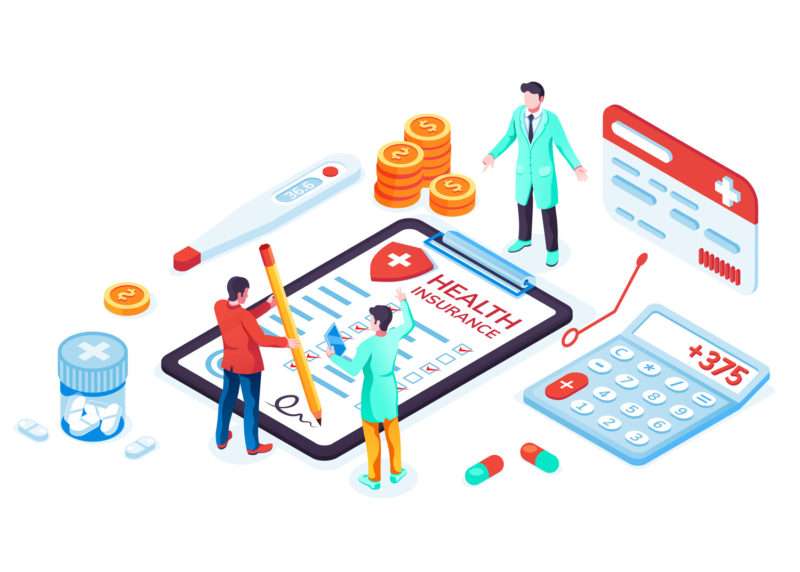
#5: Leading Healthier Lifestyles
While mortality levels and life longevity have improved in the United States, America still leads unhealthy lifestyles which puts it behind other developed nations in the past 40 years.
This is due to many social and economic factors, like a lack of universal healthcare, poor federal drug oversight, obesity, alcohol misuse, and more.
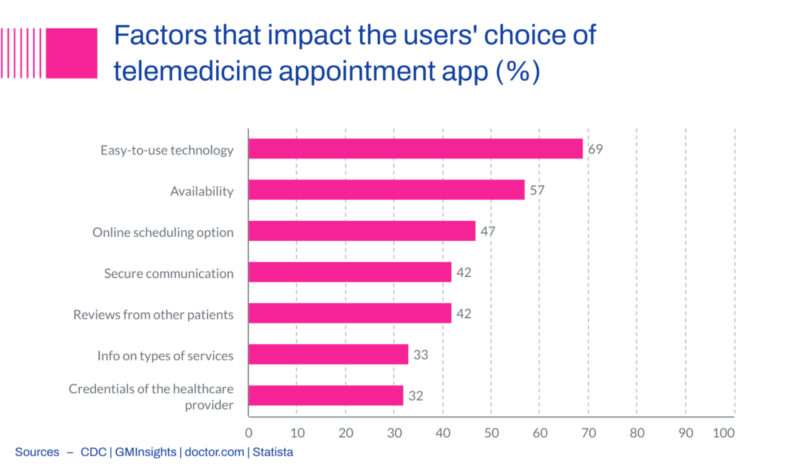
Health and fitness apps as well as wearable devices like Apple Watch and Fitbit have allowed individuals to track various health markers, like daily workouts, nutrition intake, sleep patterns and the list goes on.
There’s a wealth of ways in which health apps can promote healthier lifestyles for users and it’s a trend that isn’t going away.
Top Healthy Lifestyle Apps:
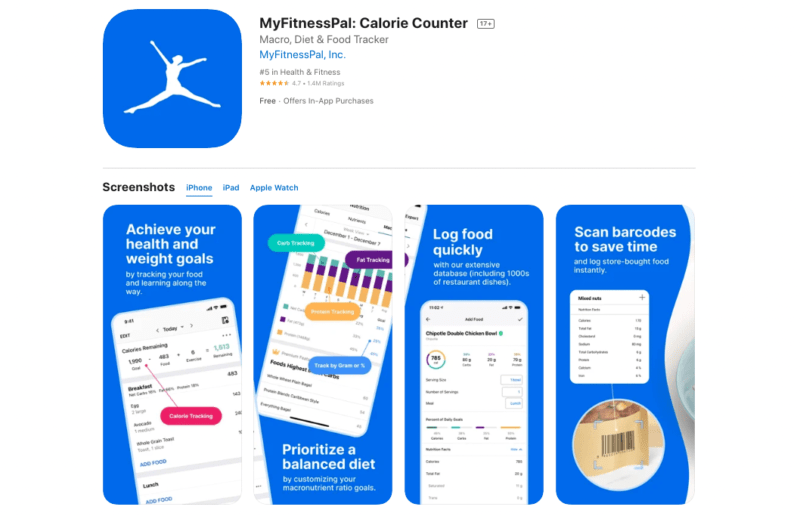
- MyFitnessPal: Users can do a lot with this app that can improve their health. They can scan millions of food items and track calories, import recipes, track nutrition, calculate macros, and set goals.
- Headspace: Headspace is a meditation app offering a large library of guided meditations. It provides emergency SOS sessions to alleviate anxiety or panic. It also gives users access to experts for training and guidance.
- Sleep Cycle: This is a sleep tracking app that uses an integration of sound analysis technology and an accelerometer to track our sleep patterns. You can also monitor your heart rate and view data and analysis about your sleep.
Technology is playing a major role in mHealth and virtually every other industry. It allows for health organizations and providers to improve their practices as well as patient care.
Healthcare technology allows for endless possibilities.
It improves efficiency and processes and addresses various pain points in the healthcare system, from diagnosis and workforce management to access to medical services and telemedicine.
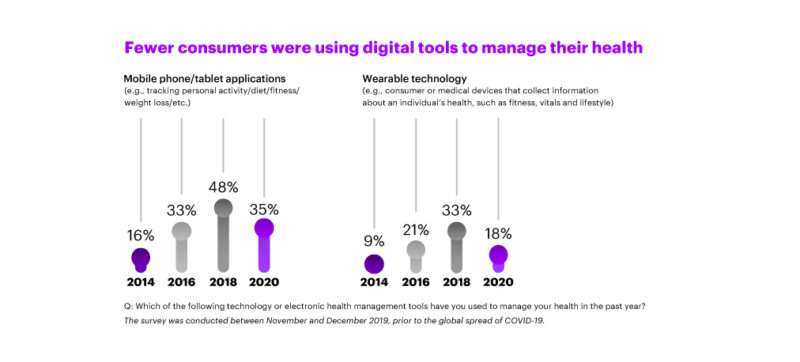
Photo Credit: accenture.com
Here are just a few trends in the healthcare tech space.
- Artificial Intelligence: AI has many applications in healthcare, including diagnosis and drug development. It’s been used during the pandemic in analyzing crowd temperature data and scanning media sources in multiple languages to find outbreaks.
- Natural Language Processing: Chatbots have also helped improve efficiency when it comes to telehealth. It has helped patients diagnose themselves as well as aiding doctors in diagnosing their patients.
- Remote Care: Telehealth and remote care has come a long way, especially since the pandemic began. Video conferences have helped connect patients to doctors and telehealth is expected to grow.
- Augmented Reality: AR has been used in many healthcare settings. It’s been used in mixed reality headsets by surgeons like Hololens 2, which offers heads up display for surgeons so they can use their hands while operating. This can also be used in a collaborative and remote effort.
- Wearables: Wearables are a great innovation in healthcare and provide the ability to monitor the status of patients remotely or for individuals to monitor their own status. Users can monitor their heart rate and other health metrics.
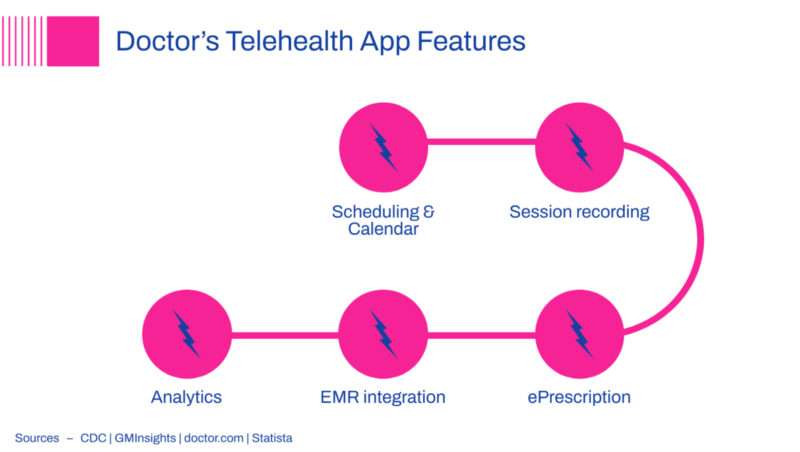
PRO TIP:
Remember, your healthcare app doesn’t need to offer revolutionary or new technology. I can work to improve the technology that already exists to create a better user experience.
Unlike other types of apps, healthcare apps can be extremely complex, especially when handling sensitive data that requires following various regulations, such as HIPAA.
And there are endless possibilities when it comes to solving problems in the healthcare space— we’ve only mentioned a few.
The key is to remember that both healthcare organizations and patients using health apps want a product that’s convenient, efficient, and secure.
In our Simple Starter package, we can help transform your app ideas into a viable product with a technical writeup, wireframes, and research.
What areas in the healthcare industry would you like to see improvement?




